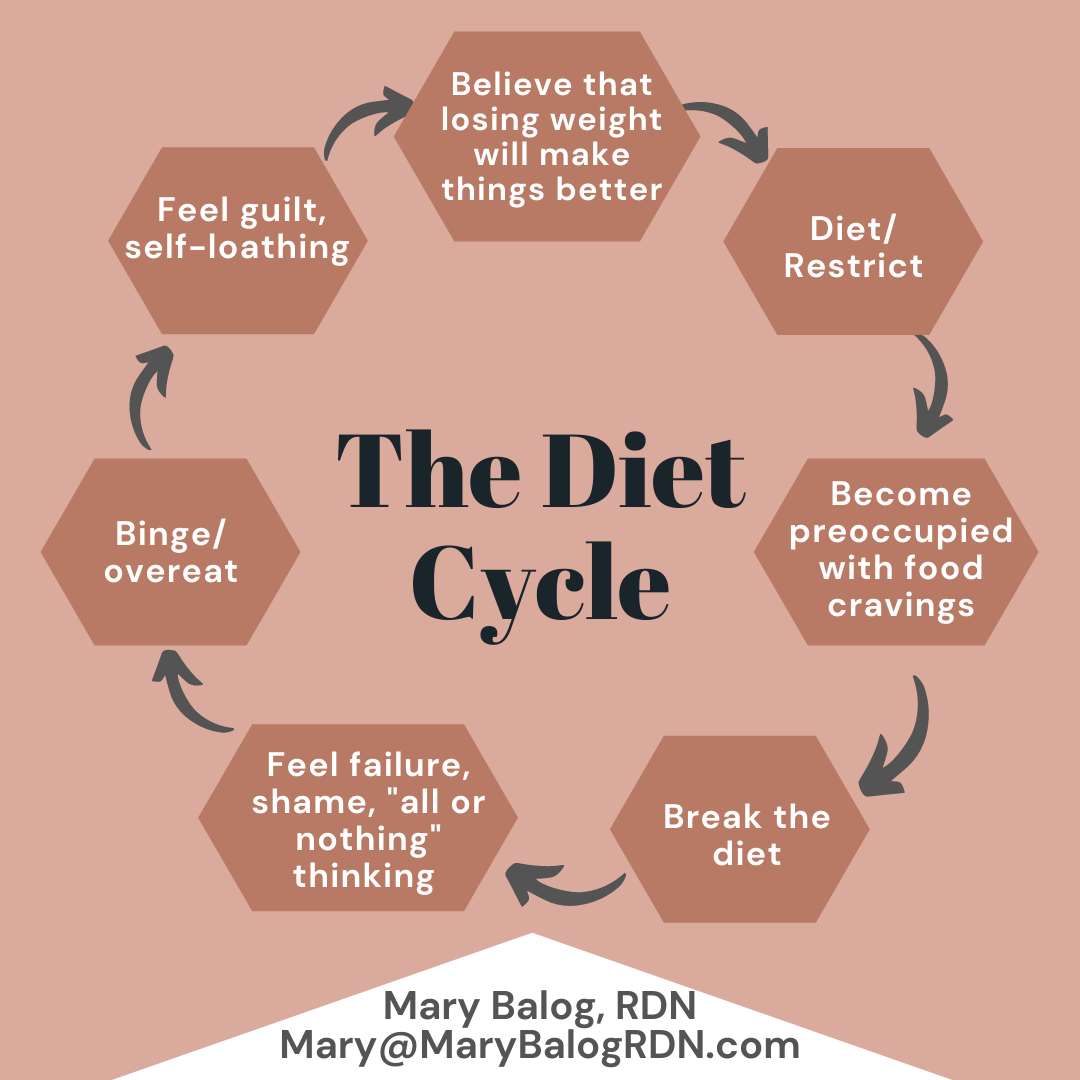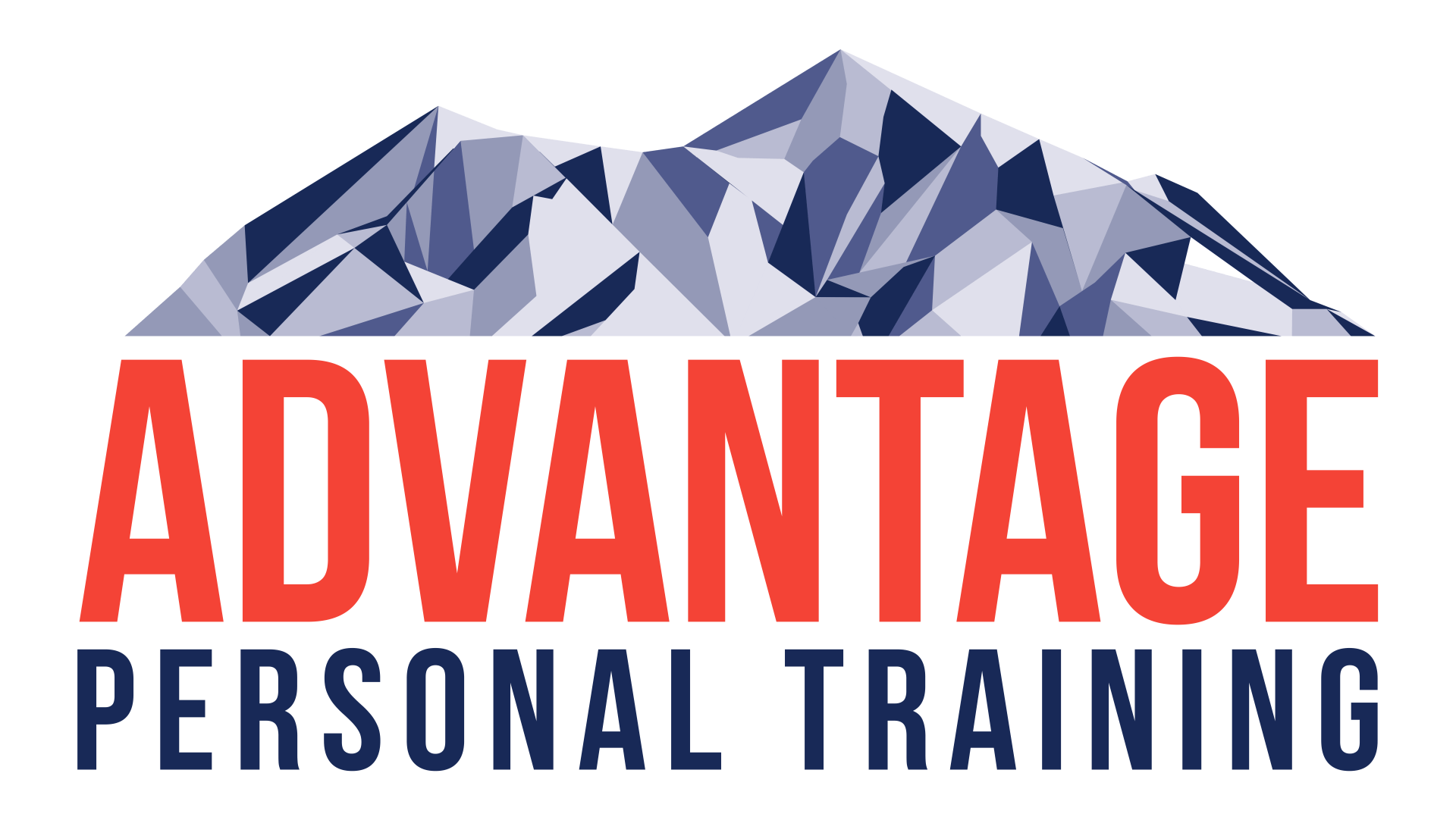Therapy Thursday: You’ve been crossed over.
It turns out that there is more than one important person named Vladimir (not Putin) in this world. The Vladimir vodka that my college roommates and I used to drink has given way to Vladimir Janda. Dr Janda was a neurologist and physiatrist who became well known for his research on categorizing and treating musculoskeletal pain. Janda helped coined the term upper and lower crossed syndromes in which he identified two groups of muscles based upon their development.
We’ll talk about this in a second, but Lower Crossed Syndrome makes this man, Sad. Generally not a great idea. Let’s start it up, shall we?
Tonic muscles and phasic muscles
Tonic muscles are more prone to tightness/shortening while phasic muscles are prone to weakness or inhibition. This response, according to his work, is based on the neurological response of nociception in the muscle. The pictures below, (first: http://rpm-therapy.com/wp-content/uploads/2011/11/tonic-and-phasic-muscles2.jpg second: http://brownstonefitness.com/wp-content/uploads/2011/06/Phasic-Tonic-Muscles-300×2251.jpg), show some characteristics of each type as well as muscles that are more prone to tightness vs weakness.
Structure vs Function
Structure and function, also known as the two main schools of thought in musculoskeletal medicine, are the basis for most sports and orthopedic approaches. The structural approach emphasizes site specific static structures in diagnosing an issue. This could be any sort of imaging and a localized evaluation (ie. Checking out the shoulder when the shoulder hurts). The function approach believes that all processes and systems within the body play a larger role on the system, rather than some specific pathology (how scapular mechanics or thoracic extension may influence shoulder pain, and beyond). Both of these methods have merit and a mountain of research is showing that the functional approach is ever more useful.
Lower Crossed Syndrome: Well what is it?
In short, Lower Crossed Syndrome is defined by it’s appearance. The classic presentation of LCS looks like this:
Facilitation of thoraco-lumbar extensors, rectus femoris, and iliopsoas.
Inhibition of the abdominals (Transversus abdominus in particular) and the gluteal musculature
Janda notes that these changes can create a muscle imbalance, leading to ultimate dysfunction.
Evaluation of LCS
You must begin with a static postural assessment which will indicate signs for hyper or hypotonicity. Observing from the anterior, posterior, and lateral views will allow you to see some of those pesky signs. You may also see an anterior pelvic tilt from the side view but not always.
You can also evaluate abdominal strength and posterior/lateral hip strength. Among multiple ways that this can be done, I like an eccentric bilateral straight leg raise with a maintained neutral spine and/or the Sahrman progression for Transversus. You could also look at a single leg bridge or a side lying abduction strength testing position. Stuart McGill also has defined isometric hold time standards for the anterior, posterior and lateral core muscle groups.
Checking for hip flexor tightness would be your next step. I do this via the Thomas Test and use a flexed knee vs a straight knee using SFMA to differentiate Psoas vs Rectus.
Approaches to addressing LCS
Janda’s approach to treatment can be broken down the following steps:
- Normalize the periphery
Provide an optimal environment for healing through postural alignment and ergonomic education and correcting biomechanics of a peripheral joint. This can be done via manual therapies, PNF techniques, self muscle energy techniques.
- Restore muscle balance
Reciprocal inhibition shows that hypertonic muscles may be inhibiting their agonist. This means that we must aim to correct a tight/short/facilitated muscle before we address a weakened/inhibited muscle. Lewitt and Janda suggested post isometric relaxation and post facilitation stretching techniques. The thought is that improving upon the tight/short/facilitated regions, the agonist to can spontaneously recover. PIR techniques are completed by taking a muscle to its first barrier then giving a slight contraction of the muscle (20%) for 5-10 seconds. The athlete will then relax and stretch into the next barrier.
- Increase afferent input, facilitating reflexive stabilization
Once muscle balance is addressed, proprioceptive input is necessitated via a Sensorimotor training (SMT, Janda & Vavrova 1996) program. This program is meant to increase subcorticate pathways in order to increase automatic coordinated movements. A 2006 article by Phil Page titled “Sensorimotor training: A “Global” Approach for Balance Training” goes into more detail on this subject.
- Increase endurance in movement patterns
Endurance is increased through repetitive, coordinated movement patterns. Fatigue is a factor predisposing one to compensation patterns, durance is more important than absolute strength. Exercises are performed at low intensities with high volumes designed to simulate ADLS. I like to start with McGill’s Big 3 exercises as a baseline and progress via the SFMA 4×4 matrix to more difficult postures and exercises into half kneeling, half lunge, and standing postures/movements to progress stability. McGill also has laid out standards for hold times for anterior, lateral, and posterior core isometric holds.
Conclusion
Lower crossed syndrome is a common finding among athletes young and old and can lead to chronic pain syndromes. Our culture of sitting at a desk from the time of classes in school through the entirety of adult life helps lead to some of the issues noted above. It is important to be aware of Lower Crossed Syndrome and the effects that it can have on your athletes and correct the issues before they are too late. A posture assessment can lead to your training options. Always work on improving facilitated, tight muscles prior to working on strengthening lengthened/inhibited muscles. Use good movement patterns to lock in good proprioception. Lastly, improve endurance of the anterior, lateral and posterior core musculature endurance, improve glute strength, maintain good hip flexor length and keep your athletes out of LCS which could lead to problems down the road. In a later post, we will discuss further Upper Crossed Syndrome.
References
Bullock-Saxton JE. 1994. Local sensation changes and altered hip muscle function following severe ankle sprain. Phys Ther. 74(1):17-28.
Bullock-Saxton J, Janda V, Bullock M. 1993. Reflex activation of gluteal muscles in walking with balance shoes: an approach to restoration of function for chronic low back pain patients. Spine. 18(6):704-708.
Freeman MA, Dean MR, Hanham IW. 1965. The etiology and prevention of functional instability of the foot. J Bone Joint Surg Br 47(4):678-85.
Guanche C, Knatt T, Solomonow M, Lu Y, Baratta R.1995. The synergistic action of the capsule and the shoulder muscles. Am J Sports Med. 23(3):301-6.
Hides JA, Stokes MJ, Saide M, Jull GA, Cooper DH. 1994. Evidence of lumbar multifidus muscle wasting ipsilateral to symptoms in patients with acute/subacute low back pain. Spine. 19:165-172.
Ihara H, Nakayama A. 1986. Dynamic joint control training for knee ligament injuries. Am J Sports Med. 14:309.
Janda V. 1968. Postural and phasic muscles in the pathogenesis of low back pain. Proceedings of the 11 th Congress of International Society of Rehabilitation of the Disabled”, Dublin, Ireland. Pp 553-54.
Janda V. 1979. Die muskularen hauptsyndrome bei vertebragen en beschwerden, theroetische fortschritte und pracktishe erfahrungen der manuellen medizin. International Congress of FIMM. Baden-Baden. pp. 61-65.
Janda V. 1987. Muscles and motor control in low back pain: Assessment and management. In Twomey LT (Ed.) Physical therapy of the low back. Churchill Livingstone: New York. Pp. 253-278.
Janda, V. 1988. Muscles and Cervicogenic Pain Syndromes. In Physical Therapy of the Cervical and Thoracic Spin e, ed. R. Grand. New York: Churchill Livingstone.
Janda V, Va’Vrova’. 1996. Sensory motor stimulation. In Liebenson C (ed). Rehabilitation of the Spine. Williams & Wilkins: Baltimore. pp. 319-328.
Konradsen L, Ravn JB. 1990. Ankle instability caused by prolonged peroneal reaction time. Acta Orthop Scand. 1990 Oct;61(5):388-90.
Lewit, K., Simons DG. 1984. Myofascial Pain: Relief by Post-Isometric Relaxation. Arch Phys Med Rehabil 65(8): 452-6.
Mannion AF, Nuntener M, Taimela S, Dvorak J. 1999. A randomized clinical trial of three active therapies for chronic low back pain. Spine. 24(23):2435-48.
McGill, S. 2007. Low Back Disorders: Evidence Based Prevention and Rehabilitation.
Page, P, Frank C, Lardner R. 2009. Assessment and Treatment of Muscle Imbalance.
Panjabi MM. 1992. The stabilizing system of the spine. Part I. Function, dysfunction, adaptation, and enhancement. J Spinal Disord. 5(4):383-9
Pavlu D, Novosadova K. 2001. [Contribution to the objectivization of the method of sensorimotor training stimulation according to Janda and Vavrova with regard to evidence-based-practice.] Rehabil Phys Med. 8(4):178-181.
Sherrington CS. 1907. On reciprocal innervation of antagonistic muscles. Proc R Soc Lond [Biol] 79B:337.
Staud R, Vierck CJ, Cannon RL, Mauderli AP, Price DD. 2001. Abnormal sensitization and temporal summation of second pain (wind up) in patients with fibromyalgia syndrome. Pain. 91(1-2):165-75.
Stokes M, Young A. 1984. The contribution of reflex inhibition of arthrogenenous muscle weakness. Clin Sci. 67:7-14.
Tsuda E, Okamura Y, Otsuka H, Komatsu T, Tokuya S. 2001. Direct evidence of anterior cruciate ligament-hamstring reflex arc in humans. Am J Sports Med. 29(1):83-87.
Umphred DA, Byl N, Lazaro RT, Roller M. 2001. Interventions for neurological disabilities. In Neurological Rehabilitation (Umphred DA, ed). 4 th ed. Mosby: St. Louis. pp. 56-134.




Advantage Personal Training is an Ann Arbor based Family Oriented Gym, focusing on the training needs of individuals, small groups and youth athletes. Meet with a results-oriented personal trainer and put yourself on the path to a more active life!
SERVICES
CONTACT INFORMATION
Hours of Operation
Mon to Fri: 6:00 AM - 8:30 PM
Sat: 8:30 AM - 12:30 PM
Sun: CLOSED
All Rights Reserved | Advantage Personal Training




